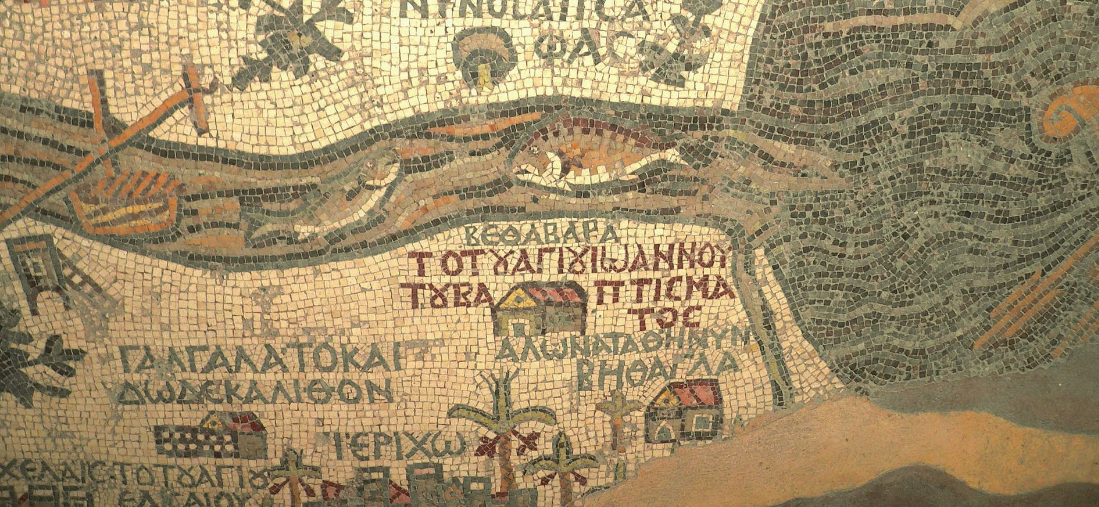Madaba
Madaba is the capital city of the Madaba Governorate in central Jordan, with a population of about 90,000 located about 35 kilometers (22 miles) south-west of the city of Amman, thecapital of the Hashemite Kingdom of Jordan, and about 30 kilometers (19 miles) northwest of Queen Alia International Airport. The word Madaba comes from ’Medaba’, an Aramaic word meaning calm running water. The city’s oldest signs of settlement date back to the Bronze Age. During the Iron Age, the town of Madaba became a Moabite border city, mentioned in the Bible (Numbers 21:30 and Joshua 13:9), controlled for some time by some Israelite tribes. It then came under the control of the Arab Nabatean’s Kingdom of Petra, before becoming part of the Roman Province of Arabia. It is clear from the number of churches discovered in the city and the around the area that Madaba was home to a major Christian community during the Byzantine period, whichis considered to be the golden age of the city.
Modern City of Madaba – City of Mosaic
The migration of 90 Arab Christian families from the city of Kerak, in the south, led by two Italian priests from the Latin Patriarchate of Jerusalem in 1880, happen to result in a major archaeological discovery.
As the city’s newcomers built their homes, using bricks from older buildings, intricate and well-preserved mosaics were uncovered. The new inhabitants of Madaba, aware of the importance of the ancient mosaics by their priests, made sure that they kept intact all they found.
The greatest concentration of mosaics was in the northern part of the city. During the Byzantine-Umayyad period, this area was crossed by the Cardo Maximus, a colonnaded Roman road, saw the building of the Church of the Map, the Hippolytus Mansion, the Church of the Virgin Mary, the Church of Prophet Elijah with its crypt, the Church of the Holy Martyrs (Al-Khadir), the Burnt Palace, the Church of the Sunna' family and the Church of the Salayta family.
One of the most important discoveries was The Mosaic Map of Madaba.Unearthed in 1896,itdates back to the 6thcentury and is preserved in the floor of the Greek Orthodox Basilica of Saint George.Sometimes called the Church of the Map, it is formed from two million pieces of colored stone in two different sizes. Beyond its atheistic beauty, the map provides significant historical details about the whole region during that time period, especially the Holy City of Jerusalem.
Originally the Madaba Mosaic School, in 1992, the Institute of Mosaic Art and Restoration wasfounded withfunds from the Italian Government and the University of Ravenna. Located between the Madaba Visitors Center and the Madaba Archaeological Park,the aim of the Institute is to train locals in scientific techniques to conserve and restore the many ancient mosaics found in Madaba and throughout Jordan. Students are also taught traditional and the modern methods of mosaic production.
Many of Jordan’simportant tourist and biblical sites are located near Madaba, such as Mount Nebo, 9 kilometers (6 miles)west of the city, where Prophet Moses saw the Promised Land.
Madaba is one of the most welcoming Jordanian cities, a place where you can live the spirit of coexistence among all spectrums of its society. You can enjoy visiting the historical monuments, stay in one of its beautiful and friendly family-run hotels and enjoy a delicious meal in one of its traditional or modern restaurants and coffee shops.
The American University of Madaba is located about 9 kilometers south-east of the city center of Madaba.

